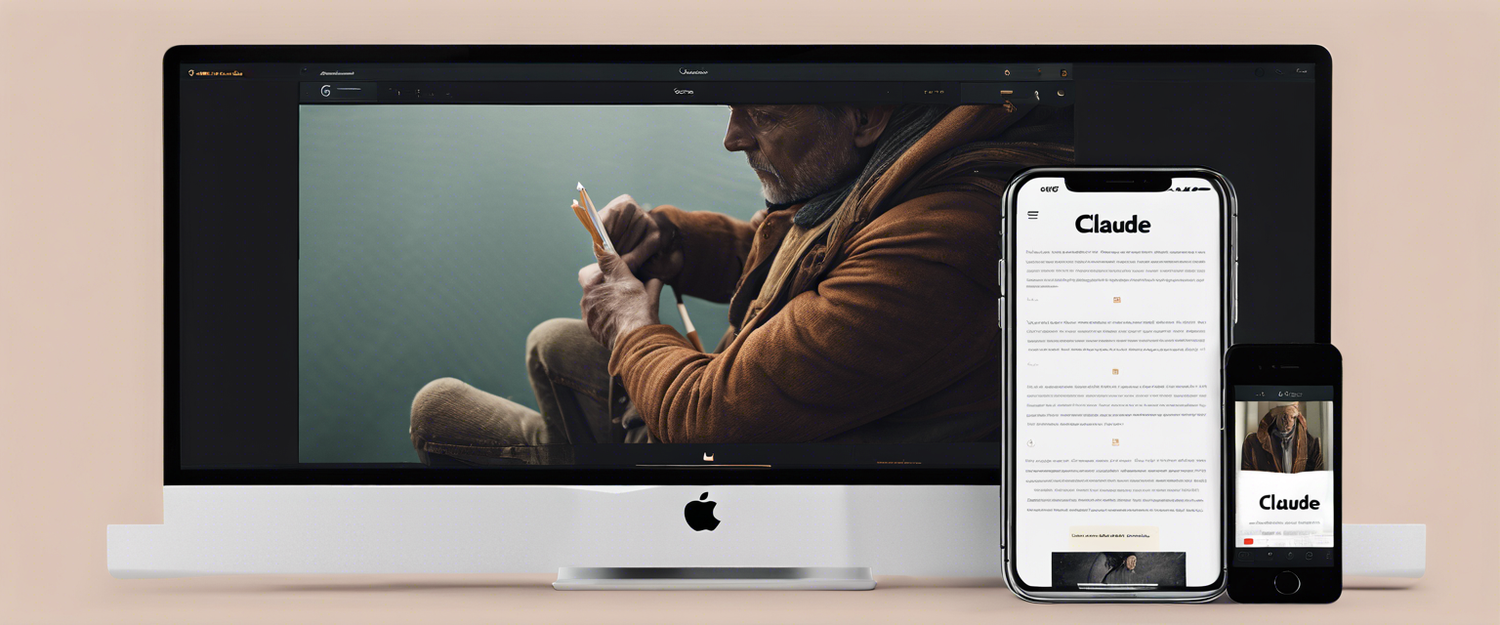Introduction
In the rapidly expanding landscape of artificial intelligence (AI), ensuring safety and ethical integrity is paramount. Organizations like Anthropic are leading the way in the development of AI models with built-in safety measures. One such innovative model, named Claude, aims to align AI behavior with human values, recognizing AI's profound influence as we move into the next decade.
Understanding Claude and AI Safety
As AI continues to evolve and integrate into our daily lives, the need for safe and reliable AI systems becomes increasingly important. Anthropic’s Claude is designed with this principle in mind. The organization emphasizes the necessity of understanding how to build AI systems that operate safely and ethically.
Why AI Safety Matters
With advancements in AI capabilities, ensuring that these systems are safe from potential misuse is essential. Claude incorporates safety protocols, fostering a responsible environment for AI usage, which is crucial in mitigating risks associated with AI-powered applications.
Introduction to React and TailwindCSS
This tutorial will guide you through the process of creating a user-friendly web application using React and TailwindCSS, emphasizing how these powerful tools can enhance your development experience.
What is React?
React, maintained by Facebook, is a popular JavaScript library for building user interfaces. It excels at creating interactive web applications, making it a go-to solution for developers worldwide. React simplifies UI development through its declarative approach, allowing for efficient state management.
Why Choose TailwindCSS?
TailwindCSS is a low-level CSS framework that prioritizes custom design through utility classes, freeing developers from the constraints of opinionated styles found in other frameworks. Its intuitive setup enhances the reusability and maintainability of CSS, allowing for personalized design without the hassle.
Utilizing Flask for Backend Development
Flask serves as the backend framework for our application. This lightweight Python web framework is known for its simplicity and flexibility, making it suitable for various applications, from simple web pages to complex RESTful APIs.
Key Features of Flask
- Lightweight Structure: Flask is a micro-framework that enables developers to build applications quickly without unnecessary overhead.
- Customizability: It allows developers to choose the tools necessary for their projects, fostering a personalized development experience.
Prerequisites for This Tutorial
- Basic understanding of TypeScript and React.
- Fundamental knowledge of Python and Flask framework.
- Access to the Anthropic Claude API.
- Familiarity with HTML and CSS for UI development.
Outline of the Tutorial
- Initializing the Project
- Setting Up Required Libraries
- Writing the Project Files
- Testing the Help Desk App
- Setting Up Chroma Database
- Final Testing of the Help Desk App
Step 1: Initializing the Project
To begin, ensure your development environment is set up properly. Install Node.js and npm, tools essential for building and maintaining our project.
Installing Node.js and NPM
- Download the Node.js installer from the official site.
- Follow the prompts for installation, using the LTS version for most users.
- Validate installation by checking Node.js and npm versions in your terminal.
Creating a New React Project with TypeScript
Use the Create React App (CRA) utility to set up a new React project with TypeScript support:
npx create-react-app write-with-claude --template typescriptStep 2: Installing and Configuring TailwindCSS
Referencing TailwindCSS documentation, we can swiftly integrate this styling framework into our project:
- Run the installation command and initialize TailwindCSS.
- Configure template paths in
tailwind.config.js. - Add Tailwind’s directives in the
./src/index.cssfile.
Step 3: Setting Up Flask Framework
Next, we will set up the Flask backend functionality:
- Create a new subdirectory named
write-with-claude-backend. - Set up a virtual environment using
python -m venv venv. - Activate the virtual environment and install necessary Flask libraries.
Step 4: Writing the Project Files
We will commence by writing the front-end files before moving into the back-end:
Modifying App.tsx
- Import necessary libraries and components.
- Define state variables using
useStateto manage components like loading state and error messages.
Step 5: Testing the Application
Once the coding is complete, run and test your application:
- Launch Flask backend with
flask run. - Start the React frontend with
npm start. - Interact with the interface to ensure all components function correctly.
Conclusion
The integration of Anthropic’s Claude AI model with a React and Flask application provides a pathway for safe and innovative AI usage. With robust safety protocols in place, this collaborative writing app not only fosters creative interaction but also aligns with ethical AI practices. As we advance into an AI-driven future, maintaining safety and transparency remains essential.



Leave a comment
All comments are moderated before being published.
यह साइट hCaptcha से सुरक्षित है और hCaptcha से जुड़ी गोपनीयता नीति और सेवा की शर्तें लागू होती हैं.